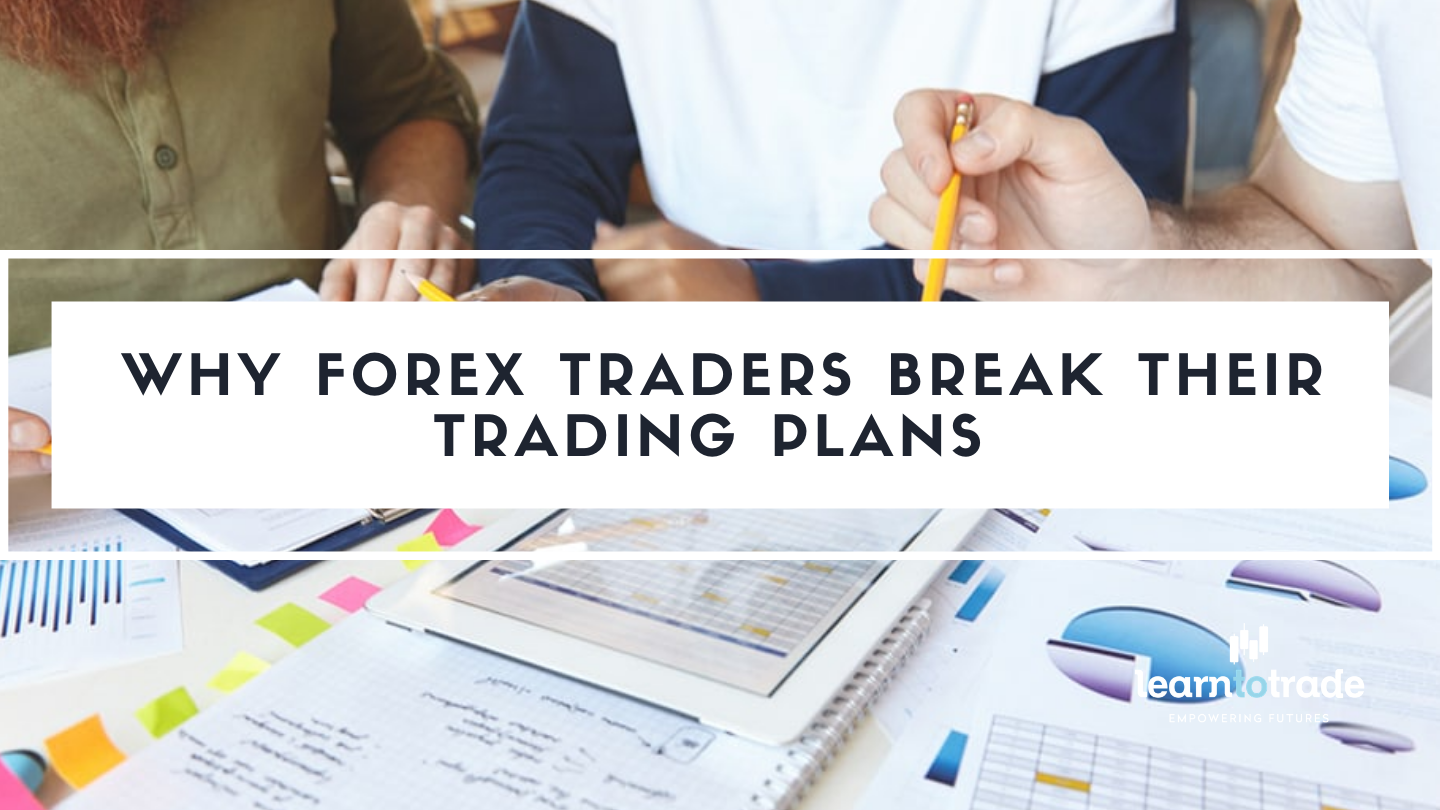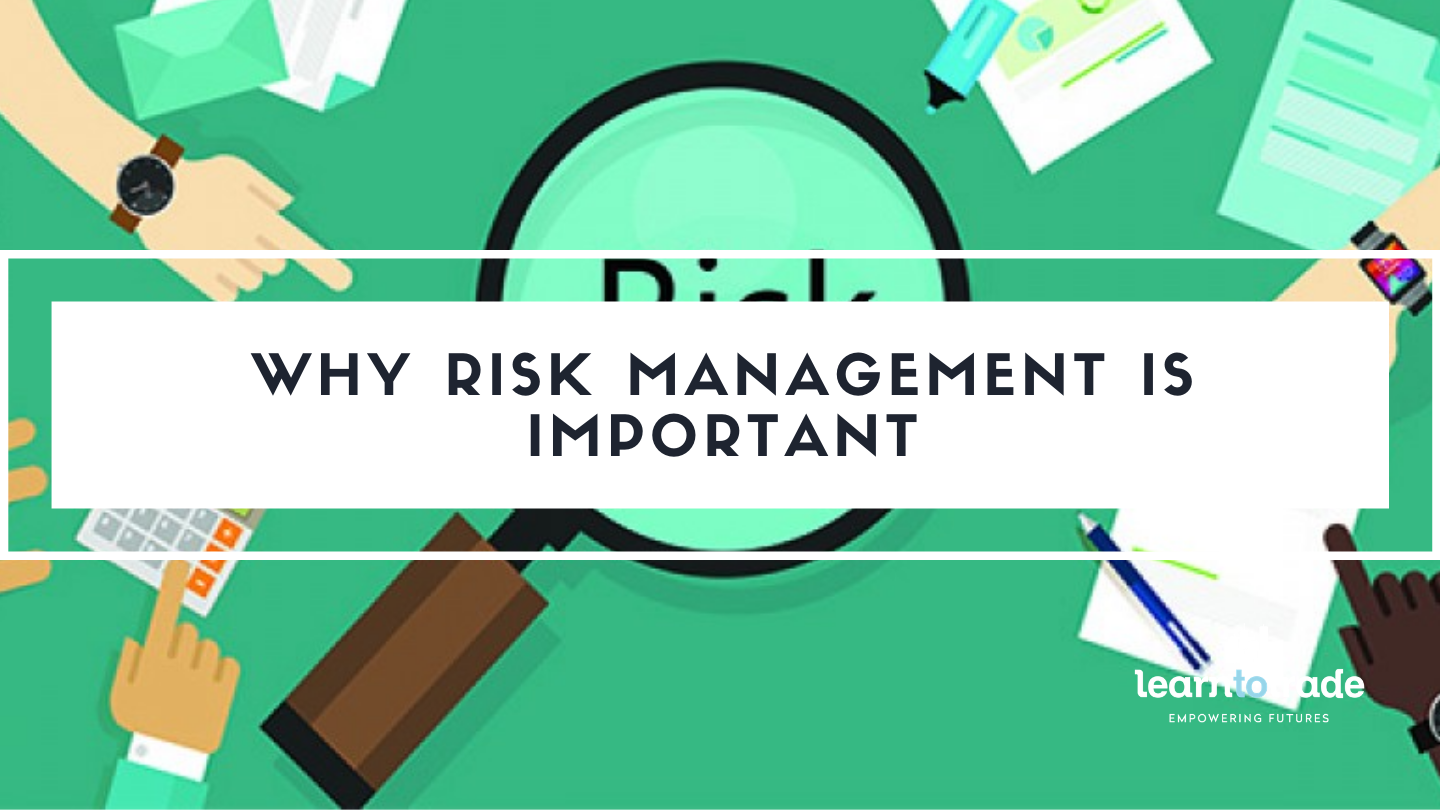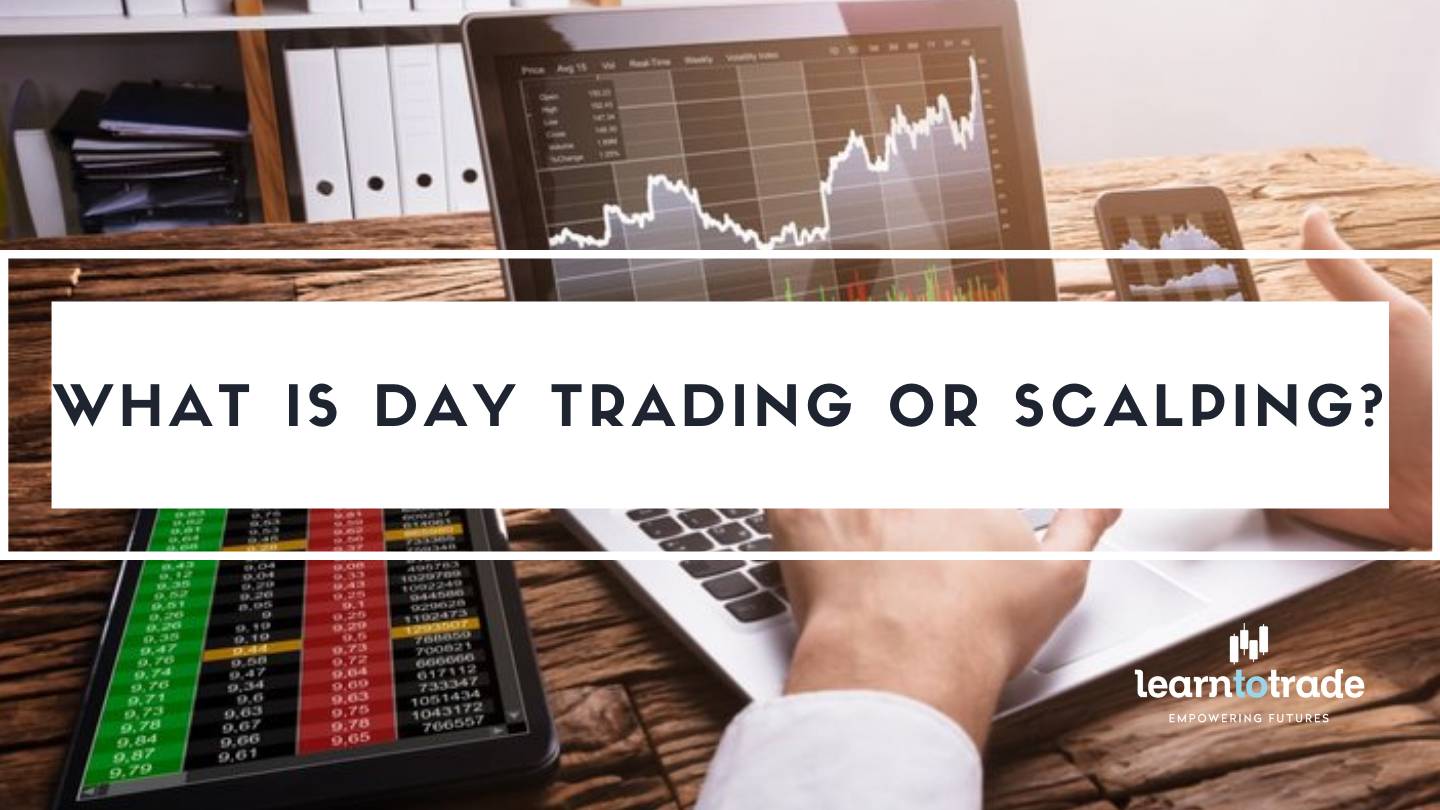Forget About Trading on High Impact News: Here’s Why

When you have a trading strategy and read about high impact news that could potentially affect the market sentiment, what do you do? It could be something related to Non-Farm Payrolls (NFP), Reserve Bank of Australia (RBA) Rate Statement, or Fiscal Stimulus Policy. Some stick to their trading plan, while others immediately change their position, trying to predict the markets.
Which one do you think is more stressful for beginners? Undoubtedly, it’s the latter. For this reason, we recommend that you stop trading temporarily.
What Are Some Reasons Not to Trade?
Volatile markets
During high impact news, sentiments fluctuate drastically, thus making the charts volatile.
One key example is the NFP. Since this is a major data in the United States that records how many people outside the farming sector are employed in the last month, many investors watch out for this information. It is considered high impact news because the US economy relies on labor to thrive. If NFP data is higher than its forecast, the US Dollar usually skyrockets. If it is lower than forecasted, it plunges.
However, the market’s volatility may confuse most beginners. Thus, it is better to wait for everything to settle and stabilize before you proceed with your plan.

Analysis Paralysis
Many newbie traders end up making losing trades trying to predict what will happen and trying to ride the wave. While this is doable, it is not advisable for those beginners and conservative traders.
A better way to handle things is to revisit the journal of your trades. You can monitor the entry price, stop loss/take profit, and strategy used for each trade in a spreadsheet, regardless if it’s a winning or losing position. By doing this, you’ll have the option to backtrack and see what works and what doesn’t. You may also look at the performance of the market during past high impact news to further supplement your analysis. That way, you won’t get stuck trying to make a prediction that most likely won’t come true.
Not Trading is also a Strategy
It is crucial to trade only when there are opportunities that you can take advantage. One of the mistakes newbies fall for is try to force the charts to show them those chances that lead to trading excessively and monitoring the markets all day.
This is especially true during high impact news days. Once again, our advice is to simply avoid times when high impact news happens. When the market settles, then you can start to look for opportunities.
But the key takeaway here is to always follow your trading plan. If there is no concrete potential upside for you, don’t trade!
At this point, you already understand why timing is key. It’s easy to get swayed and bombarded by all the external factors happening in the economy, but it proves worthy to stick to your trading plan.
Here at Learn to Trade, we have our trained experts to guide you with creating a strong plan. Know how you can get started and, click on the “Register Now” button below to book a free online workshop with us.






































